T4K3.news
Sony RX1R III Size Shines in Handheld Tests
A hands-on comparison shows how compact the RX1R III is next to six other cameras with similar lenses and sensor sizes.
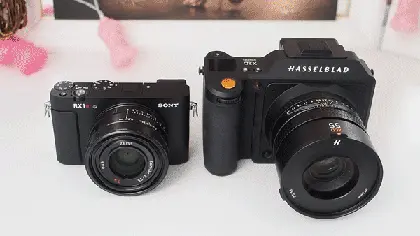
A close look at how the RX1R III stacks up against six compact and mirrorless cameras in size.
Sony RX1R III Size Compared With Six Small Cameras
The Sony RX1R III is extremely small for a full-frame camera. The author says the camera is so compact that images alone don’t give a true sense of its scale. A video shows the RX1R III next to six other cameras with different sensor sizes and lenses. To keep comparisons fair, the lenses are chosen to be close to the 35mm focal length range the RX1R III is built around.
The side-by-side results are clear. The RX1R III is much smaller than the Hasselblad X2D with its large XCD lens, and it is also smaller than the Canon EOS R5 with a 35mm-style lens. It stays smaller than the Sigma BF system too, even though the Sigma camera uses a similar full-frame sensor. Even when facing an APS-C body like the Nikon Z fc with a compact 28mm lens, the RX1R III remains notably smaller. The Olympus PEN E-P7 with a 17mm lens sits closer in size to the RX1R III, but the Sony still wins on overall compactness. The lone exception is a Nikon 1 S1 setup, which is smaller overall but represents a type of camera that has fallen out of favor for newer gear.
The piece emphasizes that size context matters—a camera that is tiny in hand can still pack serious capability, while other small bodies may trade their compactness for higher resolution or different features. The author highlights that the RX1R III’s footprint stands out, even when compared with several compact and mid-size options.
Key Takeaways
"I literally couldn't believe how small it was"
Author's astonishment at the RX1R III's size
"I was astonished at the differences in scale"
Reaction to the size comparisons across cameras
"The RX1R III is a fraction of the size of the R5 setup"
Direct size comparison against Canon EOS R5
"Not many interchangeable lens cameras are smaller than the RX1R III"
Observation about relative size among LIS cameras
Size is a talking point in today’s camera market, but it’s not the only measure of value. The RX1R III’s extreme compactness raises questions about durability, battery life, heat management, and handling in real-world use. The piece uses hands-on comparisons to remind readers that portability often comes with trade-offs, and it invites readers to rethink what makes a camera truly portable: weight, bulk, or the balance of sensor and lens in a single package.
This analysis points to a broader trend: brands pack high-end sensors into smaller bodies, while others offer more room for a larger system with interchangeable lenses. For buyers, the takeaway is not just size, but how portable a setup can be without compromising the kind of image quality and flexibility they actually need. As gear evolves, the conversation shifts from “how big is the sensor” to “how will I carry it every day.”
Highlights
- Tiny box, big claim on speed and feel.
- Pocketable power redefining what compact means.
- Size is the first language a camera speaks.
- A small body, a big footprint on the gear table.
As pocketable cameras evolve, readers will judge a camera by how it fits their daily life as much as by its numbers.
Enjoyed this? Let your friends know!
Related News
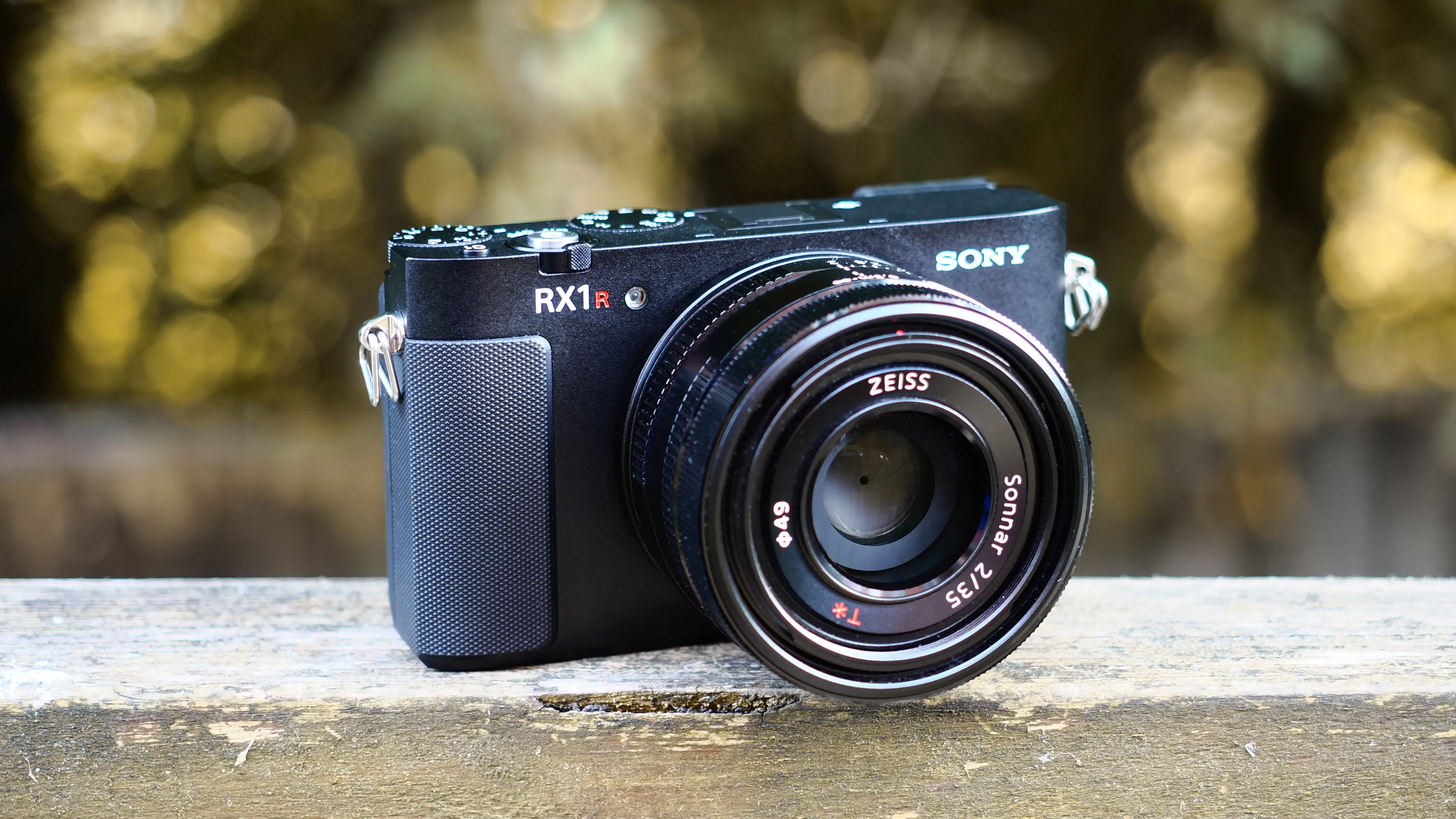
Sony RX1R III sample gallery released
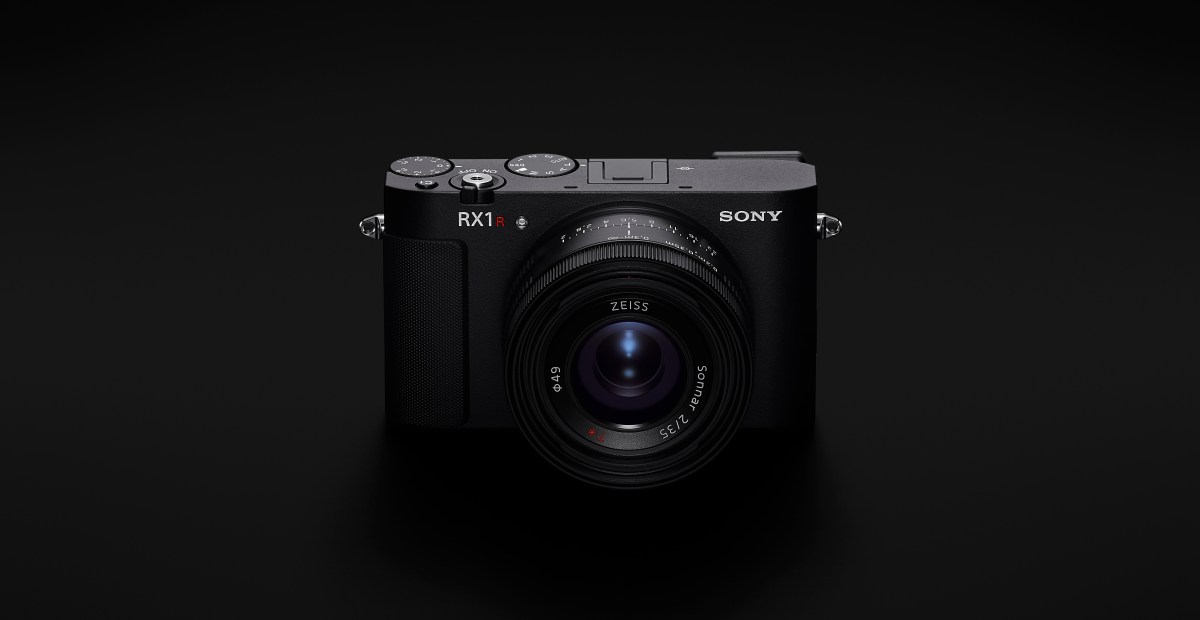
Sony launches RX1R III camera without tiltable screen

Sony launches RX1R III camera
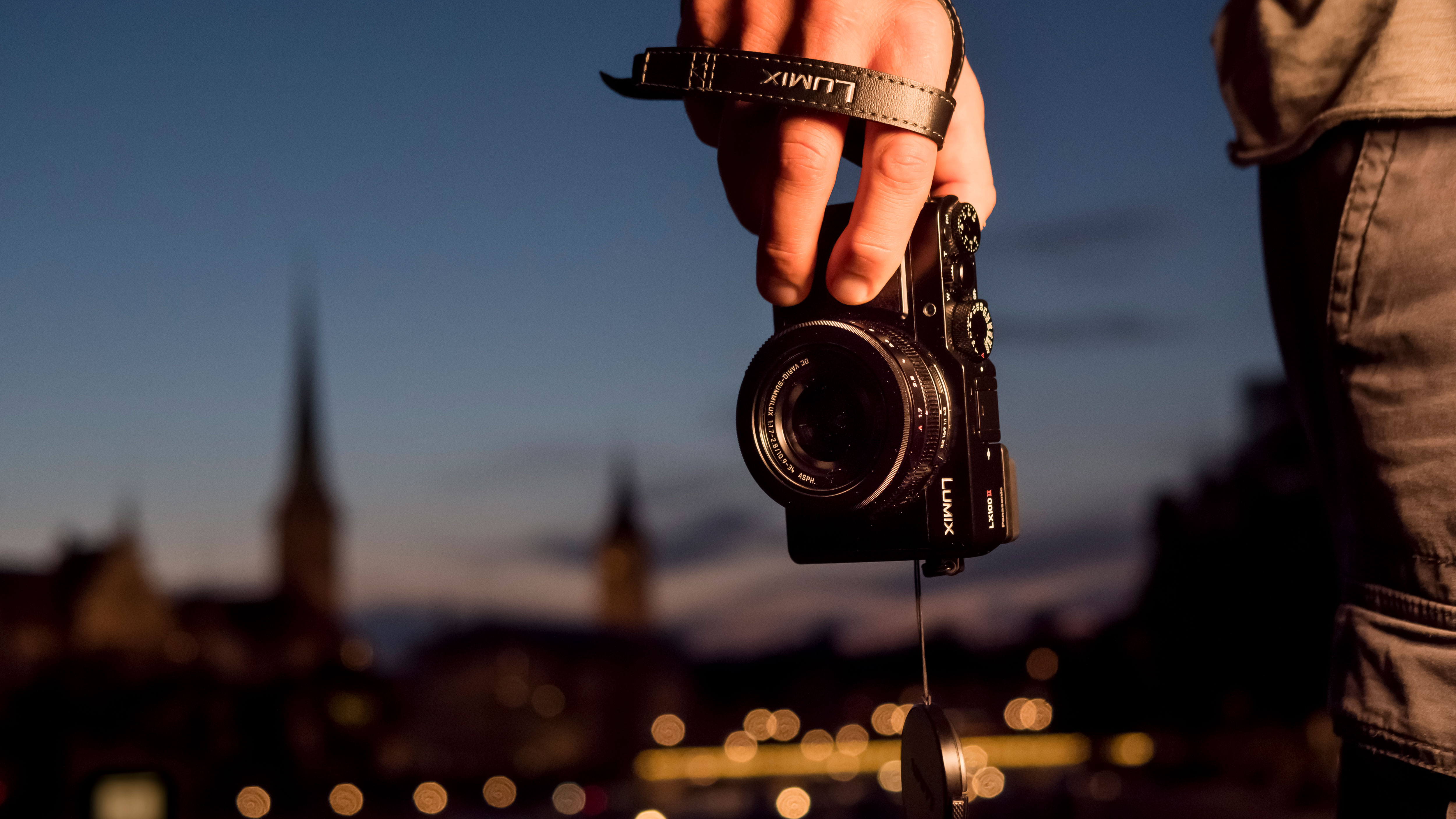
Compact zoom cameras eye comeback

Bose SoundLink Plus Takes Top Spot in Bluetooth Speaker Ranking
High megapixel compact cameras can hurt your photos
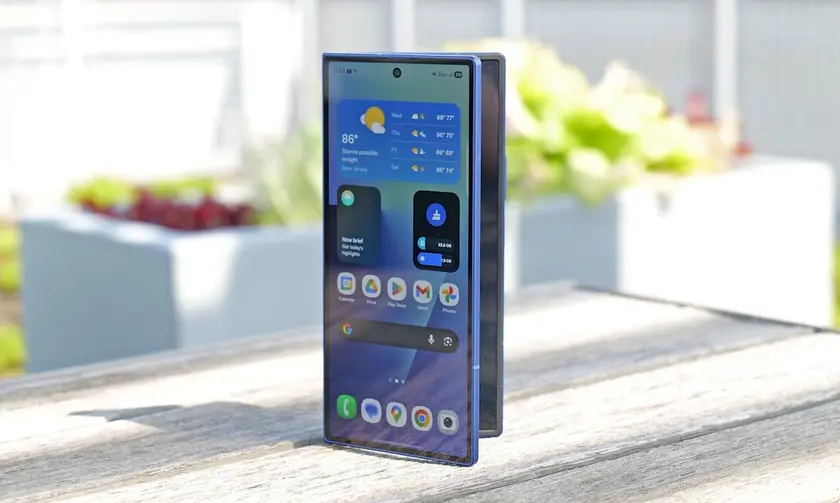
Engadget releases reviews for new tech devices
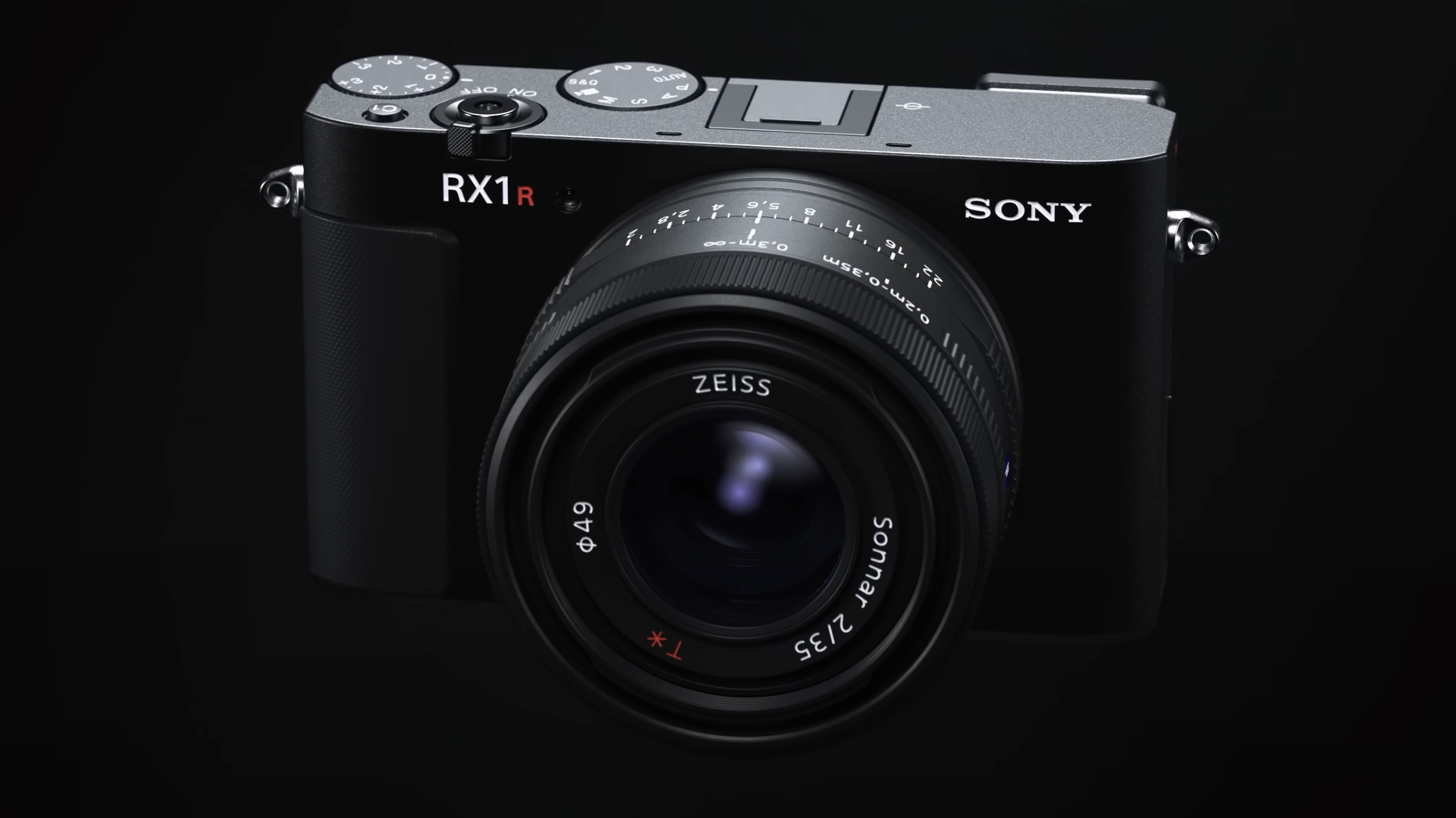
Sony announces the RX1R III compact camera
